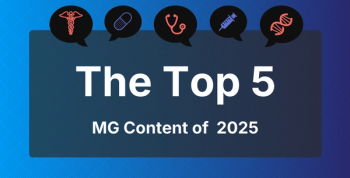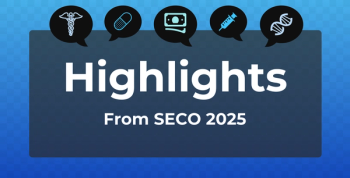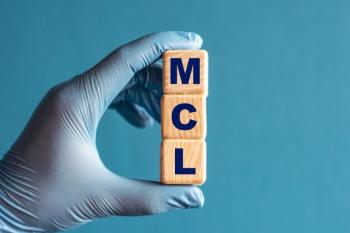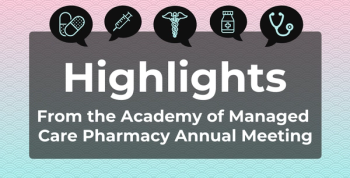
US Economic Burden Attributable to Adult Vaccine-Preventable Diseases Estimated at $9 Billion
Low rates of vaccination among US adults result in preventable diseases and costs to individuals and society in terms of deaths, disabilities, and economic losses from hospitalizations, lost income, and physician visits.
Low rates of vaccination among US adults result in preventable diseases and costs to individuals and society in terms of deaths, disabilities, and economic losses from hospitalizations, lost income, and physician visits. A new study in the November 2016 issue of Health Affairs found the current US economic burden attributable to 14 vaccine-preventable diseases among adults as approximately $9 billion (plausibility range, $4.7-$15.2 billion) in 2015.
The authors findings suggest that unvaccinated individuals are responsible for almost 80% ($7.1 billion; plausibility range, $3.8 billion to $11 billion) of the financial burden. The study’s findings suggest the potential economic benefit of increasing rates of adult immunization and highlight the value of vaccines. The investigators suggest that US health policy should focus on minimizing the negative externalities or spillover effects from the choice not to be vaccinated, while preserving patient autonomy.
The researchers undertook the study because prior research focuses on the positive health effects of vaccination, which include reduced mortality and morbidity, and tend not to recognize the economic burden that results from people not being vaccinated. Focusing only on the year 2015, the team estimated an age-stratified cross section of frequency and associated economic burden associated with 10 CDC-recommended adult vaccines that protect against 14 vaccine-preventable diseases: hepatitis A; hepatitis B; shingles; human papillomavirus; influenza; measles, mumps, and rubella; meningococcal disease; pneumococcal disease; tetanus, diphtheria, and pertussis; and varicella (chicken pox).
In addition, the study estimated the direct medical costs for seasonal influenza at $5.5 billion, with young adults accounting for 31% of the economic burden.
The study used the Nationwide Inpatient Sample databased from the Healthcare Cost and Utilization Project, and the Medical Expenditure Panel Survey and International Classification of Diseases, Ninth Revision codes to assess the economic burden of vaccine-preventable diseases among US adults ages 19 and older. Investigators collected epidemiological information from a review of the CDC and peer-reviewed literature to develop a cost-of-illness model using 2 methods to estimate the overall economic burden due to vaccine-preventable diseases in US adults: the cost-of-illness model approach, which estimates direct costs and productivity losses due to vaccine-preventable diseases, and the full income model, which seeks to estimate the impact of health indicators on economic welfare, using estimates of a mortality and value-of-statistical-life approach. This method also encompasses the value of lives lost, interpreted as social welfare forgone because of early death.
The authors noted that their study presents a more comprehensive analysis of the economic burden of vaccine-preventable diseases among US adults than has previously been conducted. They suggested that it demonstrates the need for improved uptake of vaccines among US adults and highlights the need for a better appreciation of the value of vaccines to prevent economic burden.
“We hope our estimates will spur creative policy solutions to reduce the negative externality or spillover effect, while preserving the autonomy of patients to make more informed choices,” the authors wrote.
Newsletter
Stay ahead of policy, cost, and value—subscribe to AJMC for expert insights at the intersection of clinical care and health economics.







































